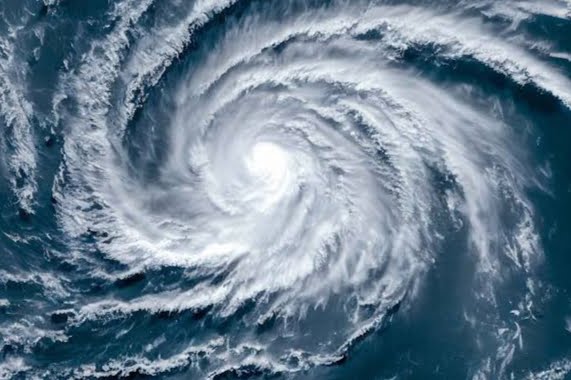Introduction: Cyclones are formidable forces of nature that have captivated humans for centuries. These massive storms, characterized by swirling winds and intense rainfall, can cause significant damage to coastal regions around the world. Beyond their destructive power, cyclones have a fascinating nomenclature system that helps us identify and understand these atmospheric phenomena. In this blog post, we will delve into the world of cyclones, exploring their nomenclature and the impact they have on our planet.
Understanding Cyclones: Cyclones, also known as hurricanes or typhoons, are tropical storms that form over warm ocean waters near the equator. These storms derive their energy from the evaporation of seawater, which leads to the formation of towering cumulonimbus clouds. As warm air rises and condenses, it releases large amounts of heat, fueling the cyclone’s development.
The Nomenclature of Cyclones: The nomenclature of cyclones follows different conventions based on the region where they occur. Let’s explore some of the common naming systems:
- Atlantic and Eastern Pacific Ocean: In the Atlantic Ocean and the eastern Pacific Ocean, tropical storms and hurricanes are given names from a predetermined list that rotates every six years. These lists are maintained by the World Meteorological Organization (WMO). For example, in the Atlantic, we have witnessed hurricanes with names like Katrina, Sandy, and Irma, each associated with a specific year and alphabetical order.
- Western Pacific Ocean: In the western Pacific Ocean, cyclones are referred to as typhoons. The Japan Meteorological Agency (JMA) maintains the naming system for this region. Typhoons are named by different countries in the western Pacific, and each country provides a list of names to be used in rotation.
- Indian Ocean: In the Indian Ocean, cyclones are named by different countries in the region. For example, the Indian Meteorological Department (IMD) assigns names to cyclones that form in the northern Indian Ocean. These names are often based on meaningful words in languages spoken in the region.
The Impact of Cyclones: Cyclones can have a devastating impact on both human lives and the environment. The strong winds, heavy rainfall, and storm surges associated with cyclones can lead to widespread destruction, including flooding, landslides, and infrastructure damage. Humanitarian efforts are crucial in providing relief and support to affected communities during and after a cyclone.
Climate Change and Cyclones: Scientists are studying the potential connection between climate change and cyclones. While it is challenging to attribute individual cyclones to climate change, there is evidence that rising sea temperatures may contribute to the intensity and frequency of these storms. As our planet continues to warm, understanding the relationship between cyclones and climate change becomes increasingly important for disaster preparedness and mitigation strategies.
Conclusion: Cyclones are awe-inspiring natural phenomena that impact millions of lives worldwide. Through their nomenclature, we can identify and track these storms, allowing for better preparation and response. However, it is essential to recognize the destructive power of cyclones and work towards sustainable solutions to mitigate their impact. By understanding the science behind cyclones and their naming conventions, we can appreciate both the beauty and the challenges associated with these atmospheric giants.

